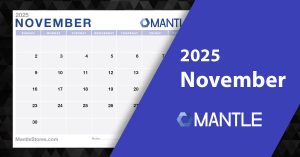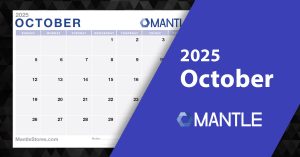Making the Grade: How Back-to-School Season Impacts Game Retailers
As the shimmering summer sun gradually gives way to the crisp, cool autumn breeze, the transition isn’t just a change of the seasons. It also signals the much-anticipated back-to-school period. For many, it’s about preparing for the school bell’s chime and adapting to new daily routines. But for game store retailers, this is a prime opportunity to re-evaluate business strategies, recalibrate event schedules, and lay the foundation for a profitable Q4.
Capitalize on Mass Market Office Supplies Sales
With the back-to-school rush, there’s a spike in the demand for office supplies. Mainstream stores aggressively cut prices on essentials like pens, papers, and printers, as well as on specialized items such as desk organizers and dry-erase markers. Game stores can smartly tap into this trend, even if tangentially. When big box retailers offer massive discounts to attract back-to-school shoppers, it’s a good chance to stock up on items like red pens for judges or dry erase markers for role-playing games. However, a word of caution: avoid overstocking and tying up too much capital in office supplies.
Adjusting to New Schedules
Both students and parents experience significant changes in their daily routines once the school year kicks off. Game stores should be proactive in anticipating these shifts. For instance, a Tuesday Pokémon League that was bustling in the summer might now see dwindling attendance. If you’re a new store without past data, be especially observant. A sudden drop in a previously popular event like a Warhammer League might be attributed to these scheduling changes. For established stores, now could be the time to conclude leagues that are on the verge of fizzling out. Consider organizing an end-of-season gathering, offering awards, or simply expressing gratitude for the participants’ involvement. And, as a parting gesture, remind attendees to stay connected via social media, email lists, text alerts, or other communication channels.
To gauge if event schedules need tweaking, keep a close eye on your metrics. Monitoring both gross sales and event attendance can provide critical insights. If a regularly well-attended event fails to draw a crowd repeatedly, it’s time for a re-assessment.
Additionally, sales metrics might indicate a need to alter store hours. A once-thriving Wednesday morning sales period, buoyed by a Pokémon league, might now be quiet. Adjusting your operating hours can help in reducing overhead costs.
The College Exodus and Influx
The start of the college term can see many regular customers leaving town. On the flip side, some locales might welcome a fresh batch of students eager to discover local game store experiences. It’s imperative to recognize these demographic shifts and recalibrate events, promotions, and inventory accordingly. If a college or university is nearby, the back-to-school season can usher in heightened sales and event participation. On the contrary, for stores without a college demographic, enhancing online sales might be a strategic move. Offering assistance with platforms like Mantle can help bridge the gap. But it’s essential to be wary of the intricacies of online selling, from keeping an eye on associated fees to managing shipping costs.
In Conclusion
For game retailers, the back-to-school season is more than just a shift in the calendar. It’s a crucial phase of introspection, adjustment, and preparation for a sales-intensive Q4. Whether a veteran game store owner or an emerging retailer, embracing the unique challenges and opportunities of this period can set the tone for a successful year-end.






